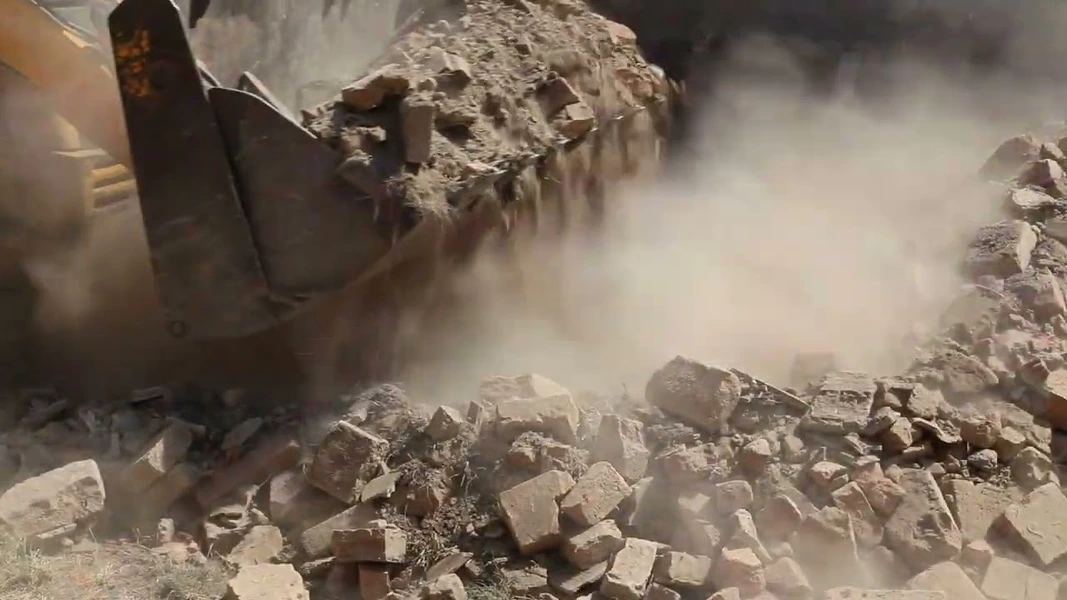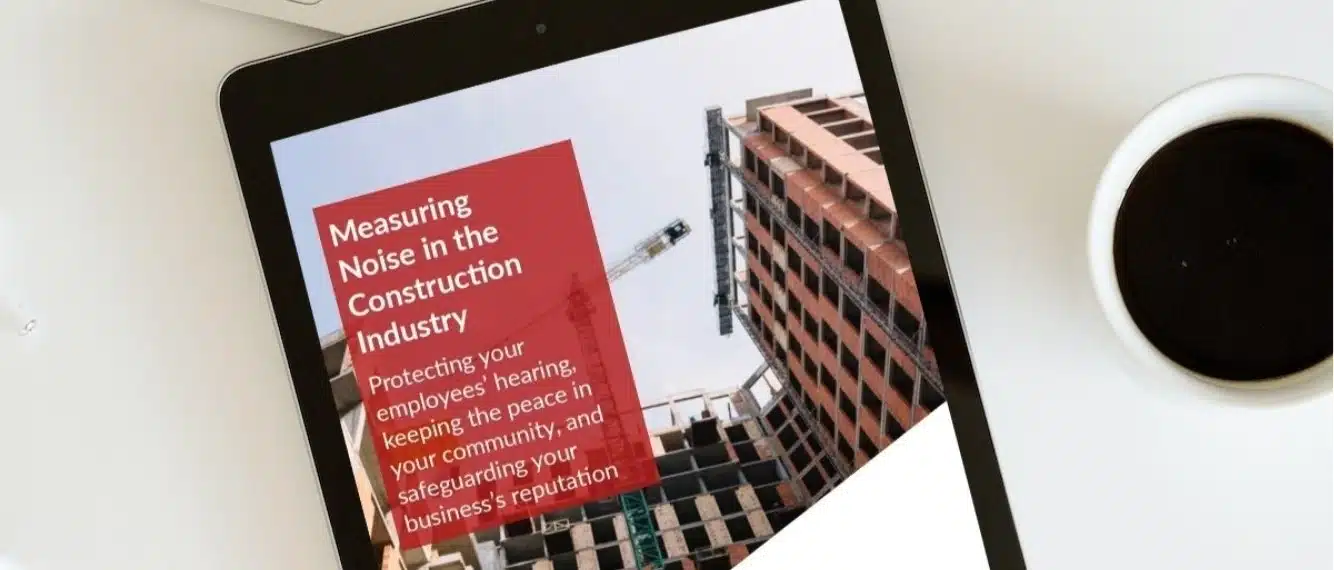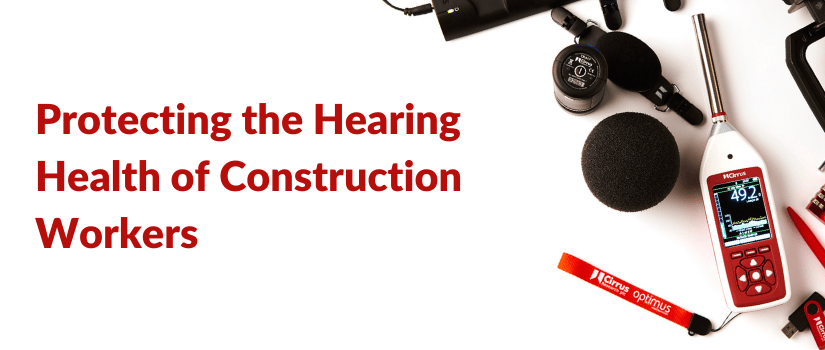Construction Noise Monitoring
Construction Noise
Construction noise monitoring involves the measurement and assessment of noise generated by construction activities. It is essential for evaluating and managing the potential impact of construction noise on nearby communities, workers, and the environment.
The primary objective of construction noise monitoring is to assess and mitigate the impact of construction activities on noise-sensitive receptors, such as residential areas, schools, hospitals, and other sensitive locations. Monitoring helps ensure compliance with local noise regulations and permits, as well as adherence to project-specific noise management plans.
Environmental Noise
Construction or demolition noise, vehicles, and heavy machinery all contribute to noise, dust, and ground vibration issues, add to those other common sounds from construction sites such as additional site workers shouting, loud radios and other intrusive noises and it’s easy to see how noise pollution in neighbourhoods and communities can become a serious problem.
The World Health Organisation (WHO) states that “noise pollution is the biggest cause of environmental health problems”. In addition to the annoyance, it can cause stress, and sleep disturbance and contribute to poor mental health as well as have a negative impact on wildlife.
Local and national governments together with international agencies have developed a range of laws, codes of practice and standards for construction, demolition and other open sites to adhere to. These include:
- BS5228: A code of practice in the UK for the control of noise and vibration on construction sites. This standard sets out the criteria a sound level meter must meet to measure and monitor construction noise levels.
- Section 60 & 61 of the Control of Pollution Act 1974 deal with the control of noise and ‘prior consent for work’ on construction sites. Local authorities have the power to impose restrictions on building operations, permitted working hours and methods to control and mitigate noise impacts using noise and vibration monitoring.
Other voluntary schemes exist such as ‘Considerate Constructors’ also encourage sites to manage their noise to reduce the possibility of noise complaints.
Occupational Noise
Occupational noise (or Noise at Work) is the noise experienced by workers undertaking their jobs. According to the UK’s Health & Safety Executive, construction is one of the highest-risk industries for noise-induced hearing loss.
Our construction noise monitoring instruments will help you measure and monitor construction noise to comply with the Noise at Work Regulations (2005).
We recommend our Optimus+ Environmental sound level meter for measuring noise from machinery and our doseBadge4 for measuring overall noise exposure to workers during the working day. For the mining industry and oil and gas, we have an explosion-proof noise dosimeter with Intrinsic Safety Certification.
Get in touch with us!
Use the form below to get in touch with our noise & vibration measurement experts
Quantum Outdoor
Watch the Quantum Outdoor product video to find out more about how our Quantum Cloud platform can help you
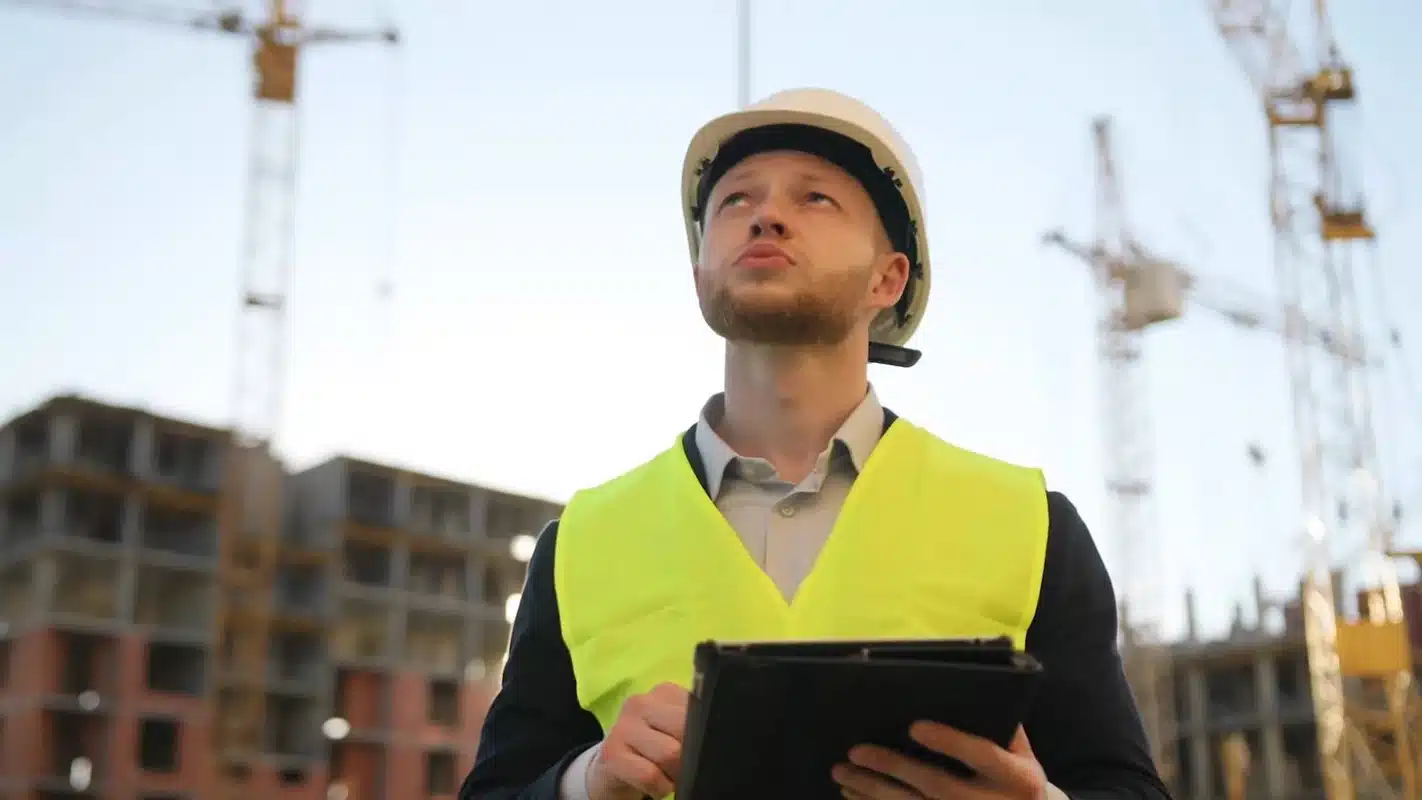
Construction Noise Monitoring
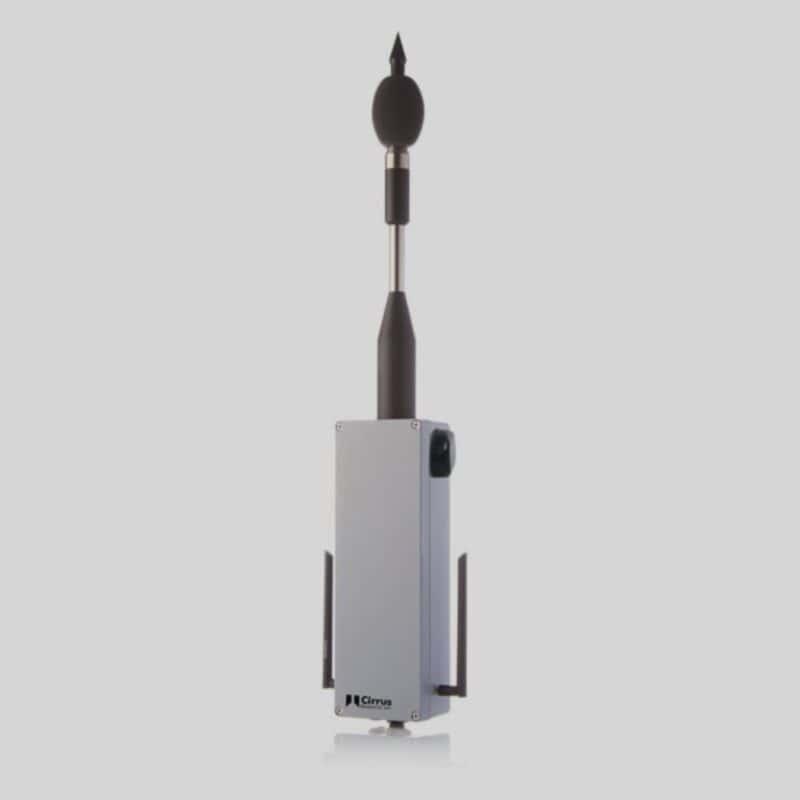
The Quantum Outdoor noise monitor is a fully automated cloud-based environmental monitor ideally suited for long-term remote measurements of various environmental conditions.
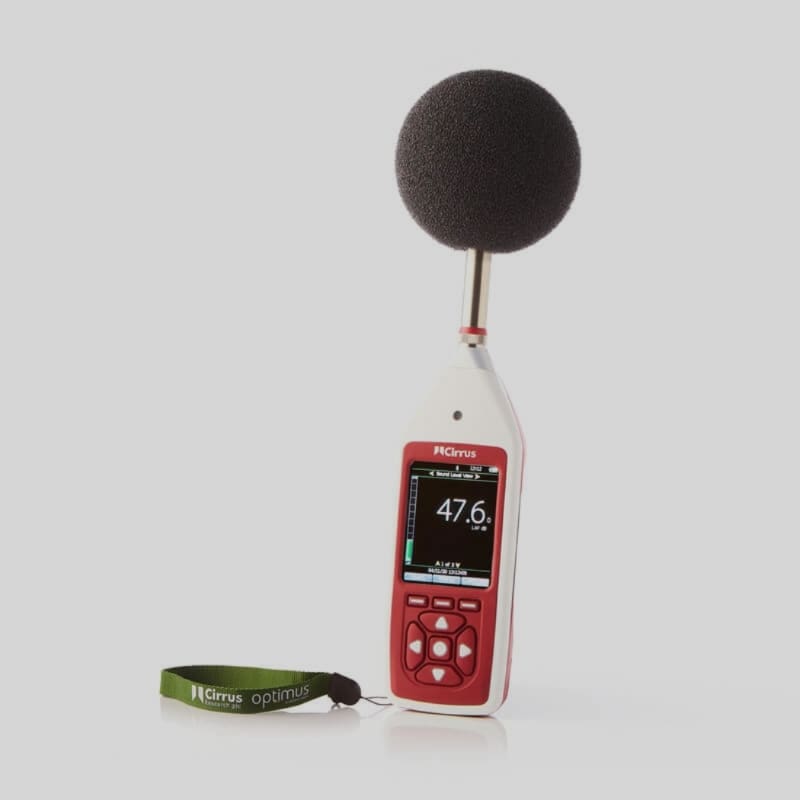
The Optimus+ Environmental Sound Level Meter has been specifically designed for measuring and monitoring exposure to noise pollution and environmental noise sources.

The doseBadge noise dosimeter is ideal for recording the noise levels experienced by an individual throughout the course of the day.
Learn more about construction noise monitoring
If you would like to learn more, our team of construction noise experts will be happy to help
Construction noise monitoring is the process of measuring and analysing noise levels in and around construction sites. This is done to ensure that noise levels are kept within permissible limits and to identify any potential noise-related issues that could affect the health and well-being of people living or working nearby. Construction noise is typically measured using a sound level meter, which measures the noise level in decibels (dB). The measurement is usually taken at the boundary of the construction site or at the nearest sensitive receptor, such as a residential property or a hospital for example.
Construction noise monitoring is important because excessive noise can cause a range of health problems, including hearing damage, stress, and sleep disturbance. It can also impact the environment and cause annoyance to nearby residents, workers, and visitors. By monitoring noise levels, construction companies can ensure that they are complying with noise regulations and minimizing any negative impacts.
There are various types of equipment used for construction noise monitoring, including sound level meters, noise dosimeters, and cloud-based long-term monitoring systems such as the Quantum Outdoor. These devices measure noise levels in decibels (dB) and provide information on the noise frequency, duration, and intensity of the noise.
Integrating Sound level meters such as the Optimus+ Environmental can also be used for both measuring occupational noise impacts on construction workers and environmental noise as part of an Outdoor noise measurement kit. This sound level meter includes octave band filters for measuring and analysing noise frequency, and other useful add-ons such as Ln and timers.
Noise dosimeters including the Cirrus doseBadge and doseBadge5 provide the ideal solution to monitoring how much noise exposure construction workers get each day, and to identify if anyone’s exposure is over the recommended ‘dose’ as set out in Regulations.
Regulations for construction noise monitoring vary depending on the location and the type of construction activity. In general, noise levels should not exceed a certain decibel level during specific times of the day or night. The regulations may also specify the use of noise barriers, mufflers, or other noise-reducing equipment. Typically, noise from building works, road works, demolition, and so on, is covered under national legislation. For instance, in the UK, construction noise is regulated under the Control of Pollution Act 1974 and by the Environmental Protection Act 1990. Similar legislation exists in other countries around the world. Such regulations specify maximum noise levels for construction activities during specific times of the day or night. Typically they empower a local authority to serve a notice imposing requirements on how construction works should be carried out to minimise noise, this might be by restricting working hours but sometimes by setting noise limits through abatement notices or specifying the use of ‘quiet’ plant equipment. In some countries, contractors can apply for “prior consent” before carrying out construction works and offer certain restrictions which must then be complied with. In the UK this is done via the Planning System and in particular Sections 60 and 61 of the CPA 1974.
Construction companies and contractors can minimise noise by using quieter equipment, scheduling noisy activities for times when they are least likely to cause disturbance, using noise barriers or sound-absorbing materials, and ensuring that workers are trained to minimise noise.
